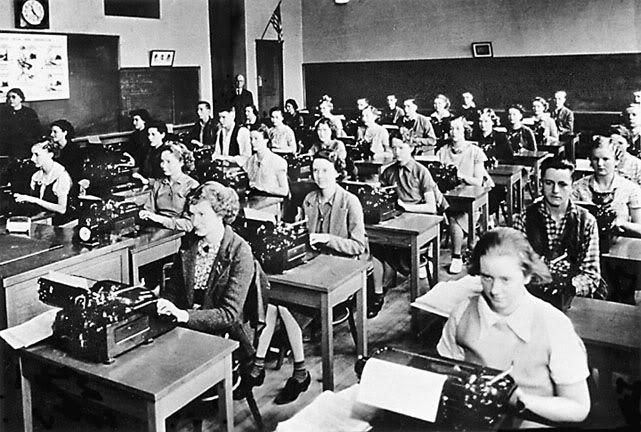 There is an old debate within the martial arts community as to whether one should learn a few techniques or many. The argument usually goes like this, "We should learn a few techniques well, rather than many that we will never use." Or, "If I learn too many, when confronted by a stressful situation, I'll freeze because of too many choices (a different subject)!" They have a point. And yet, some styles have upwards of 300 or 400 techniques just to 1st Dan! Why?
There is an old debate within the martial arts community as to whether one should learn a few techniques or many. The argument usually goes like this, "We should learn a few techniques well, rather than many that we will never use." Or, "If I learn too many, when confronted by a stressful situation, I'll freeze because of too many choices (a different subject)!" They have a point. And yet, some styles have upwards of 300 or 400 techniques just to 1st Dan! Why?One of my greatest regrets in life, especially as I go through a workday, or as I create this post, is that I never took typing in school. I walked by the typing classroom, took one look at the rows of students poking at the keys and decided it wasn't for me - it looked too boring and geeky! Now, here I am a a decade or so (OK, over twenty) later, and I am sitting at a keyboard poking away with only three or four fingers on each hand, instead of all five, and I work in the IT field, so what could be geekier than that???
I understand that the average adult can type 40-60 words per minute. That  means that the average person can think of, or transcribe words, sentences, and paragraphs containing sequences of 26 works, then add in the capitalization, punctuation, special characters, and now computer keyboard function keys and hot keys! Literally hundreds of keystrokes go into making each document or email into a recognizable form of communication. Then there are the expert typists at over 100 WPM! These expert (black belt) typists can work under stress and perform with few errors, if trained properly.
means that the average person can think of, or transcribe words, sentences, and paragraphs containing sequences of 26 works, then add in the capitalization, punctuation, special characters, and now computer keyboard function keys and hot keys! Literally hundreds of keystrokes go into making each document or email into a recognizable form of communication. Then there are the expert typists at over 100 WPM! These expert (black belt) typists can work under stress and perform with few errors, if trained properly.
Many years ago, I heard or read that we should teach sparring like writing. Techniques are the letters, combination the sentences (complete thoughts), and tactics and strategy are the paragraphs. It seems to me, that we can learn a lot of techniques, if we're willing to put in the time. Do I recommend this? No. I teach a combination of things I've learned from many systems and styles, boxing, TKD, Jujitsu, various styles of Karate, Wing Chun, Muay Thai, Aikido, etc. What makes them work is the context. I teach them from a basis of standup striking, and have found that each student will naturally pick techniques that he finds work for him. Our job as instructors is to open the minds of students to try something new, then guide him or her in how to use it.
Long ago, I rejected miy tpying teacher, so I hope you don't make the same mistake in the martial arts.

No comments:
Post a Comment